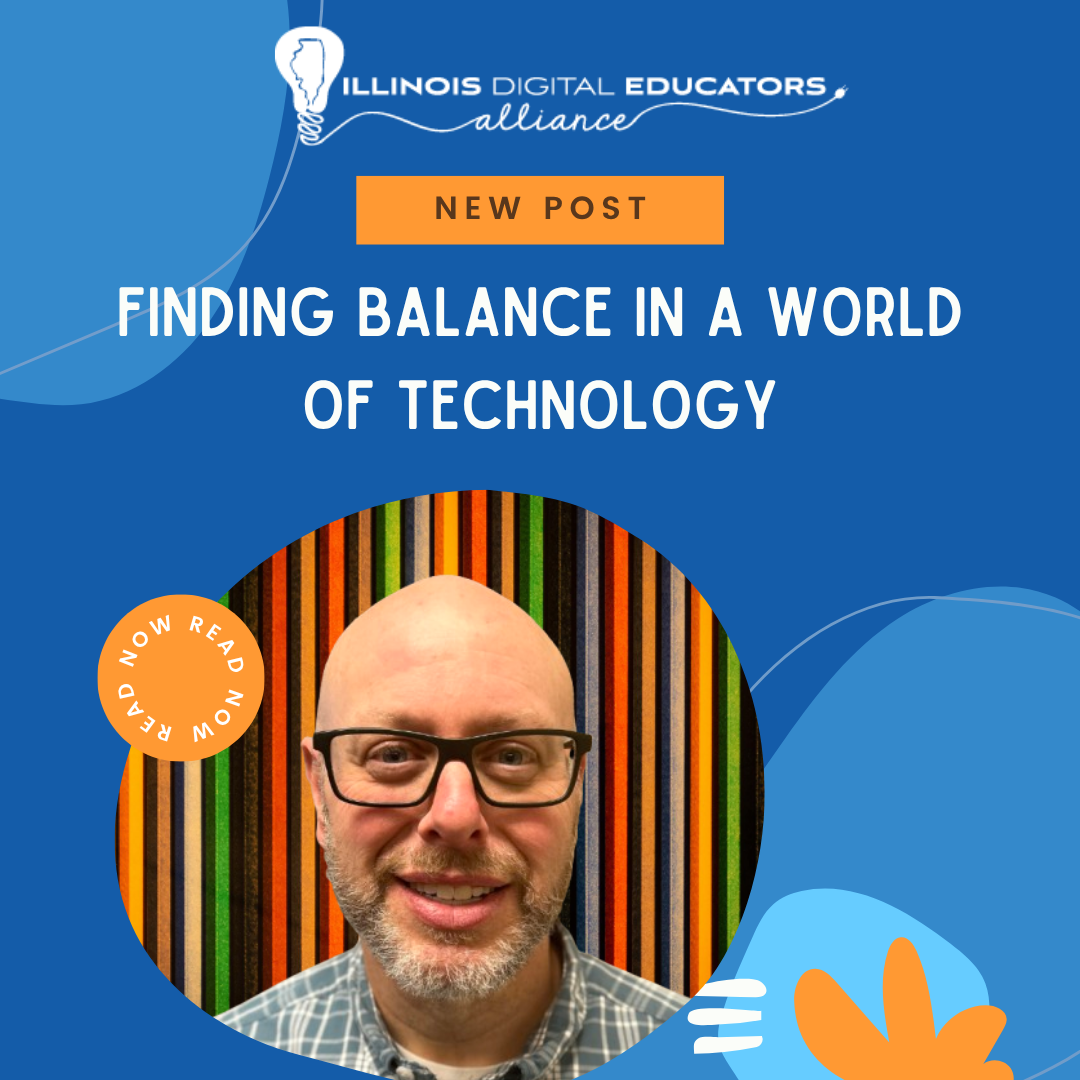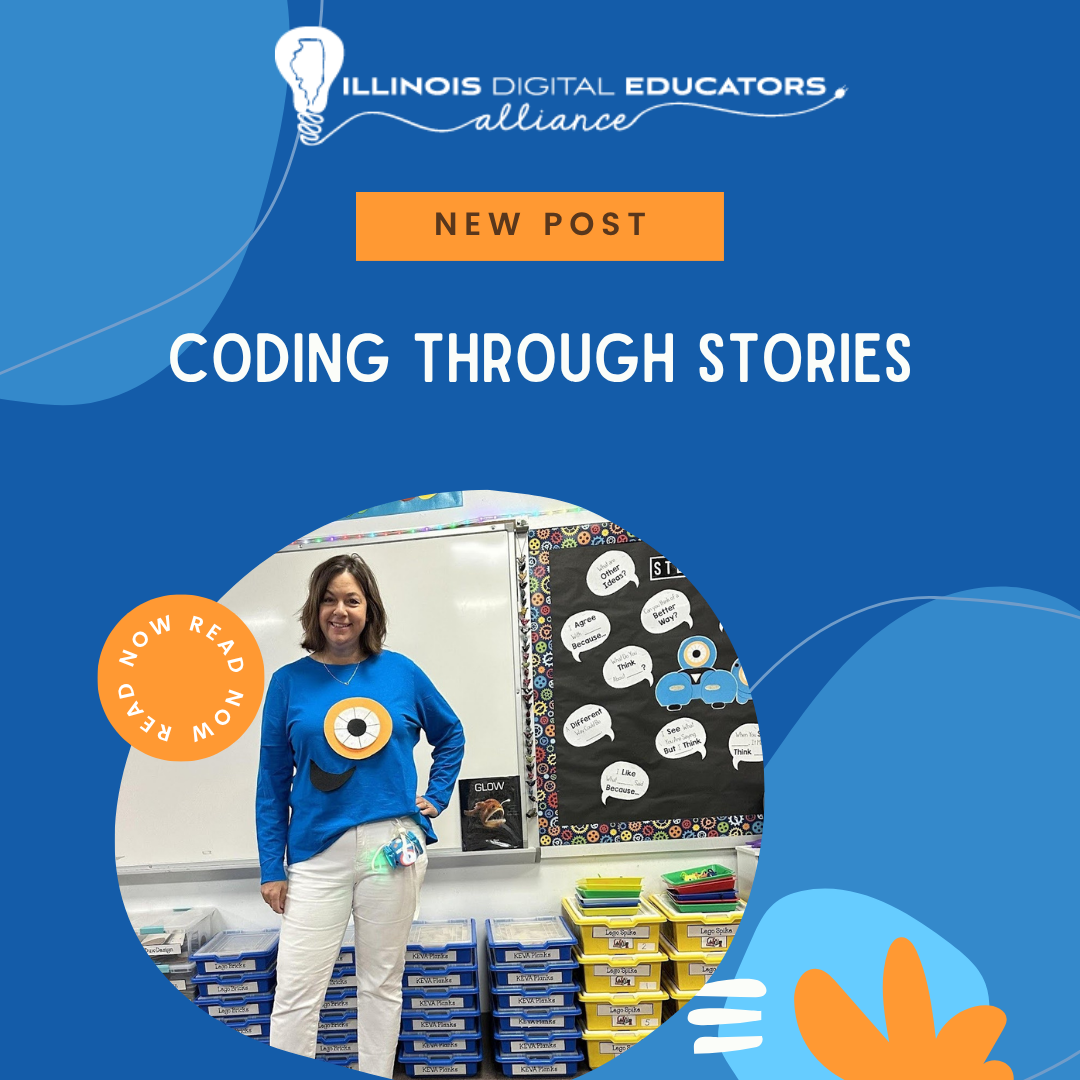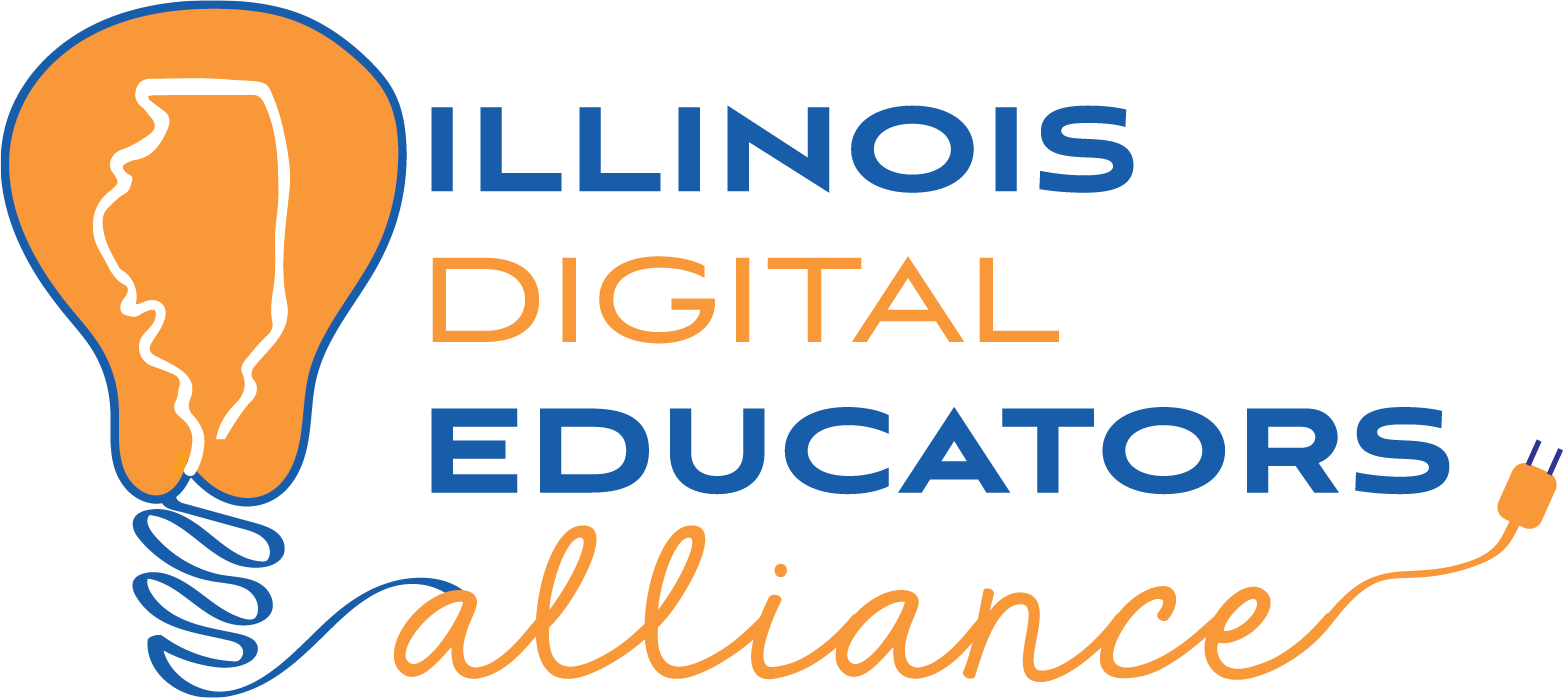Student Advocacy Day: One Day with a Huge Impact
President John F. Kennedy once said “Leadership and learning are indispensable to one another.” Student Advocacy Day exemplifies this quote unlike any other event I have been a part of as an educator. Student Advocacy Day (Formerly Tech 20xx) is an annual event led by IDEA Illinois where students and their teachers from across Illinois showcase work they have done throughout the year using technology at the State Capitol building in Springfield. It’s an incredible opportunity for students to directly speak to their state senators and representatives about the impact technology has had on them, and advocate for more technology in Illinois schools.
I’ve been fortunate to have had the opportunity to take students to Student Advocacy Day twice (in 2019 and last year). Despite the high impact and importance of the work, the process of applying to the event and taking students was relatively simple for me as an educator. IDEA found all the contact info for our state senator and representative, and they created templates for materials to reach out to them before the event. Student Advocacy Day itself has a science fair-style format that makes it easy to prepare students to be successful sharing material where they already have expertise.
It’s hard to overstate the impact that Student Advocacy Day had on our students during both years of attendance. An eighth-grade student who attended Student Advocacy Day last year shared, “It was a really unique experience. I felt privileged to go to the State Capitol. I got to share what I built with leaders who cared about what I made. It made my work feel important.” We were also able to use Student Advocacy Day to build relationships with our representatives. Our school’s State Senator Julie Morrison and State Representative Bob Morgan both visited our campus in 2020 to see student technology demonstrations from dozens of our students because of the connections we made in Springfield.
I would highly encourage any educator who incorporates technology in their classroom to consider submitting a proposal for Student Advocacy Day. You will not regret giving your learners a once in a lifetime leadership opportunity.

Greg McDonough is the Innovation Space Director at Lake Forest Country Day School. He’s on the board of the North Suburbs Chapter of IDEA.




